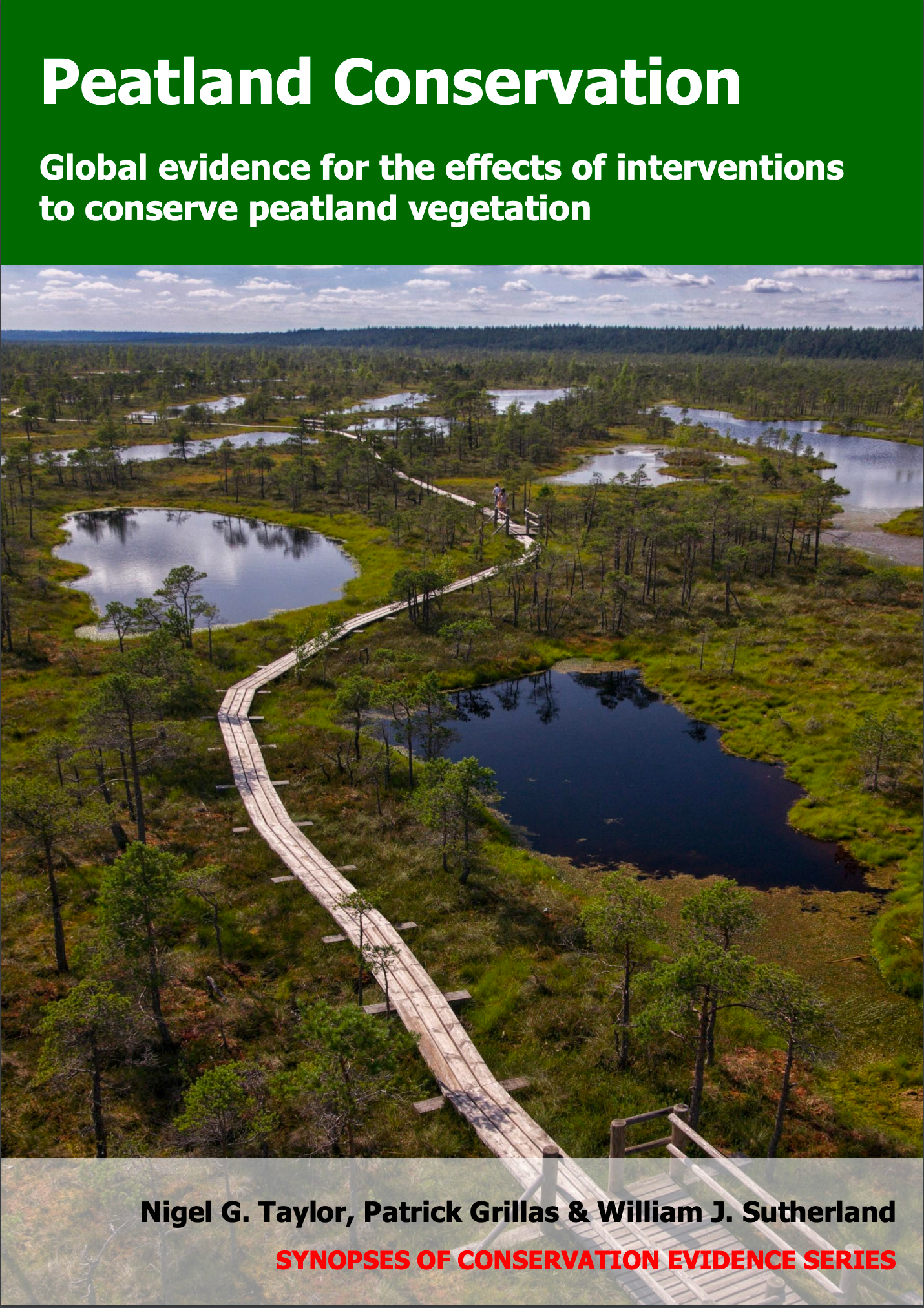Use cutting to control problematic large trees/shrubs
-
Overall effectiveness category Unknown effectiveness (limited evidence)
-
Number of studies: 2
View assessment score
Hide assessment score
How is the evidence assessed?
-
Effectiveness
60% -
Certainty
30% -
Harms
15%
Study locations
Supporting evidence from individual studies
A replicated, controlled, before-and-after study in 1986–2000 in two shrub-invaded fens in Ohio, USA (Barry et al. 2008) found that cutting shrubs (along with burning and herbicide application) altered plant community composition and prevented increases in plant species richness, but had no effect on shrub cover. The overall plant community composition changed significantly over time along transects with and without shrub control, but they accumulated different sets of species (data reported as a graphical analysis). Plant species richness was stable in the fen with shrub control (before: 12.8; after 14 years: 12.7 species/m2) but increased in the fen without shrub control (before: 12.5; after 14 years: 14.6 species/m2). Woody plant cover increased similarly in fens with shrub control (before: 46%; after 11 years: 62%) and without shrub control (before: 20%; after: 28%). From 1986, encroaching shrubs were managed using ad hoc cutting, burning and herbicide application. The study does not distinguish between the effects of these interventions. Three of four transects were managed in one fen (‘with shrub control’). Only one of four transects were managed in the other fen (‘without shrub control’). In summer 1986 (before shrub control began), 1999 and 2000, vegetation cover was estimated in 1 m2 quadrats along the eight transects. Shrub cover was estimated from aerial photographs.
Study and other actions testedA site comparison study in 1995–2001 in an overgrown rich fen in Sweden (Sundberg 2011) found that following shrub/tree removal, the plant community composition became more like a natural fen, and plant species richness and vegetation cover increased. Between one and six years after shrub removal, the overall plant community composition became more like an open fen (data reported as a graphical analysis). Where shrubs were removed, species richness increased for vascular plants (from 15 to 18 species/m2), mosses (from 7 to 9 species/m2) and fen-characteristic plants (from 8 to 10 species/m2). Cover of these groups also increased (vascular plants: from 18 to 24%; mosses: from 9 to 31%; fen-characteristic plants: from 7 to 15%), as did cover of common cottongrass Eriophorum angustifolium (from 0.3 to 0.6%) and three of eight Carex sedge species. Cover of five other sedge species, purple moor grass Molinia caerulea and common reed Phragmites australis did not change. In 1995, shrubs (mainly juniper Juniperus communis) and trees (conifers) were manually cut and removed from a 30 x 50 m area of overgrown fen. The fen was grazed by 7–12 cows every summer, both before and after shrub removal. Cover of every plant species was estimated in August 1996 and 2001: in nine 1 m2 quadrats across the managed area and three quadrats in another part of the fen that had not become overgrown.
Study and other actions tested
Where has this evidence come from?
List of journals searched by synopsis
All the journals searched for all synopses
This Action forms part of the Action Synopsis:
Peatland Conservation
Peatland Conservation - Published 2018
Peatland Conservation





)_2023.JPG)














